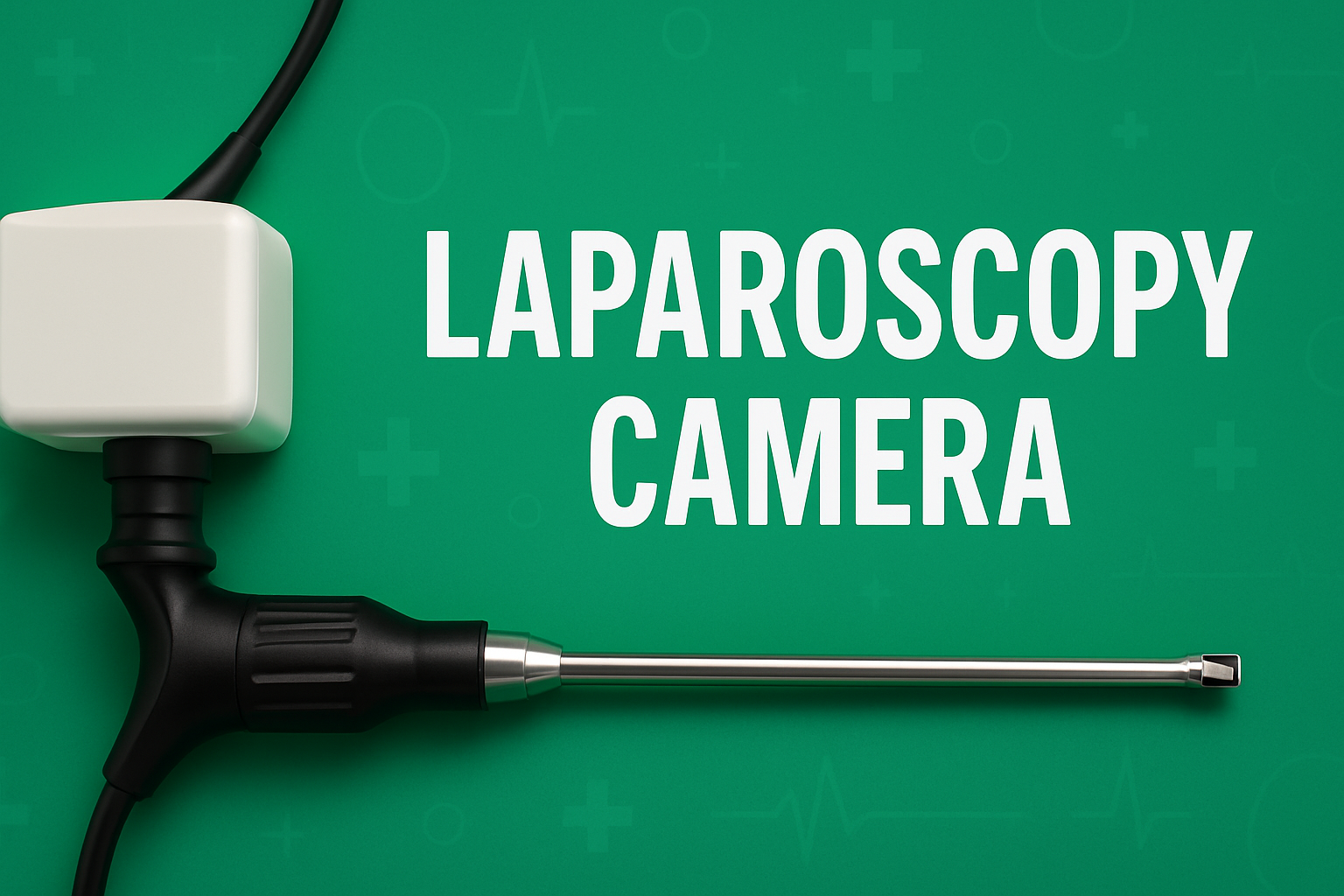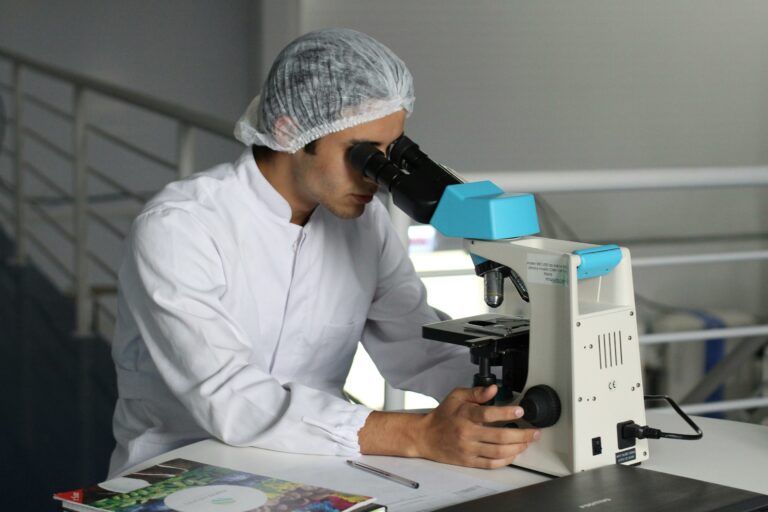Laparoscopy Camera Innovations: What Surgeons Need to Know Today
Surgeons around the world rely on precision tools to perform minimally invasive procedures, and the laparoscopy camera sits at the center of this revolution. A modern laparoscopy camera provides high-definition visuals, improved depth perception, and enhanced maneuverability. Whether you are a seasoned laparoscopic surgeon or a trainee exploring your first cases, understanding the latest laparoscopy camera innovations can enhance patient outcomes and streamline operating room workflows. In this article, we will explore current breakthroughs, emerging technologies, and practical considerations for integrating a laparoscopy camera into your surgical practice.
Evolution of the Laparoscopy Camera
The laparoscopy camera has come a long way since its rudimentary beginnings. Early models offered low resolution and bulky designs that limited surgical freedom. Over the decades, manufacturers introduced smaller scopes, reusable sheaths, and basic light sources. However, these systems often suffered from suboptimal image clarity, making fine tissue differentiation challenging. Today’s laparoscopy camera systems overcome many of these shortcomings, delivering sharper images, modular lenses, and ergonomic control units. By appreciating this evolution, surgeons can better grasp why certain features—such as high dynamic range and autofocus—are now standard in advanced laparoscopy camera setups.
High-Definition and 4K Imaging
High-definition (HD) imaging transformed laparoscopy by offering clear visualization of anatomical structures. The next leap forward arrived with 4K resolution, providing four times the pixel count of HD and vastly improved color fidelity. A laparoscopy camera with 4K capability enables surgeons to distinguish subtle differences in tissue perfusion, pinpoint microvascular structures, and identify small lesions that might otherwise be overlooked. When paired with advanced image processors, these cameras can display real-time enhancements—such as contrast boosting and noise reduction—without perceptible lag. For hospitals investing in new equipment, a 4K laparoscopy camera promises a future-proof solution that meets both current and upcoming surgical demands.
3D Visualization and Augmented Reality
Beyond resolution, depth perception represents a key challenge in minimally invasive surgery. Traditional two-dimensional laparoscopy camera feeds force surgeons to rely on indirect cues, potentially increasing cognitive load. Enter 3D laparoscopy camera systems: by feeding stereoscopic images to polarized or active-shutter displays, these setups restore depth perception and enhance hand-eye coordination. Augmented reality (AR) integration takes this further by overlaying critical data—such as preoperative imaging, target outlines, or safety margins—onto the live laparoscopy camera view. This convergence of AR and laparoscopy camera technology not only boosts accuracy but also shortens learning curves for complex procedures.
Miniaturization and Flexible Designs
As surgical techniques evolve, demand grows for ever-smaller instruments. Miniaturization of laparoscopy camera heads has unlocked new procedures in confined spaces, such as pediatric surgery and single-port access. Tiny chip-on-tip sensors and ultra-thin fiber-optic bundles allow the laparoscopy camera to navigate tight anatomical corridors without sacrificing image quality. Moreover, flexible endoscope architectures enable variable angulation at the tip, granting surgeons unprecedented access to challenging angles. Whether performing gallbladder removal through a single incision or inspecting the pelvic cavity with minimal tissue disruption, flexible laparoscopy camera innovations expand the surgeon’s toolkit.
Enhanced Sterilization and Durability
Durable design and straightforward sterilization remain crucial for any laparoscopy camera system. The rise of reusable scopes prompted concerns about cross-contamination and maintenance costs. In response, manufacturers have developed fully sealed camera heads that withstand high-temperature sterilization and repeated chemical cycles. Single-use, disposable laparoscopy camera modules trade upfront savings for consistent performance and zero downtime due to repairs. Surgeons now choose between durable, multi-use laparoscopy camera assemblies and streamlined disposable options—each offering advantages depending on case volume, budget, and infection control protocols.
Integration with Robotic Platforms
Robotic-assisted surgery continues to gain traction, and laparoscopy camera technology is a fundamental component of these systems. Robotic platforms leverage high-definition laparoscopy camera feeds to generate immersive, three-dimensional consoles that translate surgeon movements into precise instrument actions. Some advanced robots incorporate multiple laparoscopy camera inputs, enabling simultaneous multi-angle views or seamless switching between field-of-view lenses. As robotics become more ubiquitous, understanding how your laparoscopy camera interfaces with these platforms ensures smooth integration, minimal latency, and maximal surgical efficiency.
Ergonomics and Surgeon Comfort
Long procedures can strain the surgeon’s posture and fatigue levels. Modern laparoscopy camera control units emphasize ergonomics, offering customizable joystick handles, foot pedals, and touchscreen interfaces. Wireless laparoscopy camera transmitters reduce cable clutter in the operating room, enabling more fluid instrument exchange and fewer trip hazards. By minimizing physical strain, ergonomic laparoscopy camera designs help surgeons maintain steady hands and sharp focus for hours on end, translating into safer operations and reduced musculoskeletal injuries.
Cost and Accessibility Considerations
Sophisticated laparoscopy camera systems bring impressive capabilities, but they also raise questions about cost-effectiveness. Institutions must weigh the benefits of top-tier laparoscopy camera resolution, three-dimensional imaging, and disposable optics against upfront capital expenditure and ongoing maintenance fees. Budget-constrained facilities may opt for mid-range laparoscopy camera platforms that prioritize essential features—such as HD imaging and sealed camera heads—while deferring advanced AR or 4K upgrades. Collaborative purchasing agreements and shared-service models can also improve access to cutting-edge laparoscopy camera technology in community hospitals and low-resource settings.
Training and Learning Curve
Advanced laparoscopy camera features yield clear benefits, but they also introduce new complexities. Surgeons and support staff require structured training to harness the full potential of high-definition, 3D, and AR-enhanced laparoscopy camera systems. Simulation labs equipped with realistic surgical scenarios allow practitioners to practice camera maneuvers, depth perception tasks, and equipment troubleshooting in a low-stakes environment. Incorporating laparoscopy camera-specific modules into residency curricula and continuing education programs helps smooth the learning curve and ensures consistent utilization of these advanced tools.
Future Trends in Laparoscopy Camera Technology
Looking ahead, laparoscopy camera innovation shows no signs of slowing. Researchers are exploring hyperspectral imaging to detect tissue oxygenation and differentiate healthy from diseased cells in real time. Machine learning algorithms may soon analyze laparoscopy camera feeds to flag anatomical landmarks, predict bleeding points, or suggest optimal dissection planes. Wireless capsule endoscopes—tiny laparoscopy camera pods that traverse the gastrointestinal tract—promise diagnostic imaging without any incisions. As connectivity improves, cloud-based laparoscopy camera analytics could enable remote expert consultation during live procedures, democratizing access to specialized surgical guidance.
Conclusion
The laparoscopy camera has evolved from a basic visual aid into a versatile, high-tech instrument that shapes the future of minimally invasive surgery. By embracing innovations—such as 4K imaging, 3D depth perception, flexible miniaturized designs, and AR overlays—surgeons can improve precision, shorten procedure times, and enhance patient safety. Yet, successful adoption requires careful assessment of cost, ergonomics, and training needs. As the laparoscopy camera continues to advance, staying informed about emerging trends will empower you to select the right system, optimize surgical workflows, and deliver the best possible outcomes for your patients. Whether you are evaluating your first high-definition laparoscopy camera or considering an upgrade to a robotic-integrated platform, these insights will guide your decisions and keep you at the forefront of surgical innovation.






